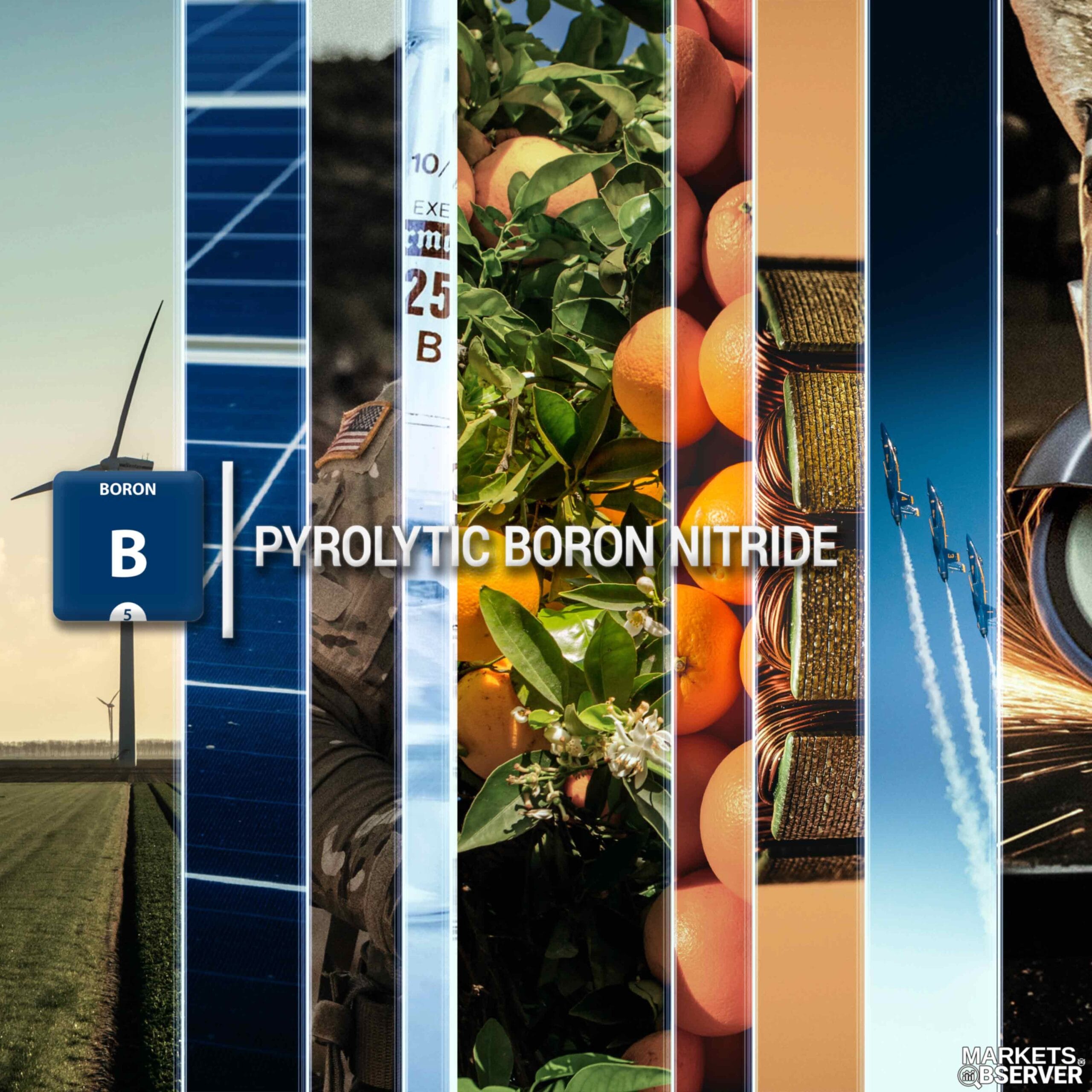Pyrolytic Boron Nitride (PBN) is a type of Boron Nitride (BN) which belongs to the family of Hexagonal Boron Nitride (h-BN). h-BN is a crystalline material made of boron and nitrogen atoms arranged in a hexagonal lattice structure.
PBN is a highly refractory and thermally stable material, which is why it is commonly used in high-temperature applications such as furnace linings, insulation, and electronic packaging.
Pyrolytic Boron Nitride (PBN) Properties
Non-toxicity and Odourless Nature:
Pyrolytic Boron Nitride is a chemical material that is known for its non-toxic and odourless nature, making it an ideal choice for a wide range of applications.
High Purity:
One of the key properties of PBN is its high purity, which can reach 99.999% or more.
This high level of purity makes it suitable for use in high-tech industries where high quality materials are critical.
Chemical Resistance:
PBN does not react with acid, alkali, salt or organic reagents at room temperature.
It is slightly corroded in molten salt or alkali solution, but it can resist corrosion from various acids at high temperature.
Reactivity with Metals and Semiconductors:
PBN does not react with most molten metals, semiconductors and their compounds, making it a versatile material for use in a wide range of applications.
Oxidation Resistance:
The oxidation resistance of PBN is good, especially below 1000°C.
This makes it an ideal material for use in high-temperature applications where oxidation resistance is critical.
Thermal Shock Resistance:
PBN has excellent thermal shock resistance, and no cracks were found in the material even when exposed to water at 2000°C.
High Use Temperature:
PBN has a high use temperature and does not have a sublimation point. It is directly decomposed into B and N above 3000°C.
Electrical Insulation:
PBN has high resistance and good electrical insulation performance, making it an ideal material for use in electrical applications.
Smooth Surface and No Pores:
PBN has a smooth surface with no pores, and it does not become wet with most semiconductor melts. This makes it an ideal material for use in the semiconductor industry.
Applications for Pyrolytic Boron Nitride (PBN)
Pyrolytic Boron Nitride (PBN) ceramics are a highly sought-after material due to their unique properties, including high purity (reaching 99.999% or more), chemical inertness, and excellent thermal conductivity. These properties make PBN ceramic materials ideal for a wide range of applications.
Pyrolytic boron nitride (PBN) ceramic is a kind of boron nitride ceramic prepared by high temperature pyrolysis reaction by chemical vapor deposition.
Pyrolytic Boron Nitride Ceramics, ACM Advanced Ceramic Materials
PBN is an advanced material with excellent properties. It is deposited by the reaction of ammonia and boron halide under high temperature and high vacuum conditions. It can be deposited as PBN sheet material or directly into PBN final products such as tubes, rings or thin-walled containers. Unlike ordinary hot-pressed boron nitride (BN), it does not have to undergo a conventional hot-press sintering process without adding any sintering agent.
PBN Ceramics for Elemental Purification and Crystal Growth
One of the most notable applications of PBN ceramics is as a container for elemental purification, crystal growth, and semiconductor manufacturing. The chemical inertness and high thermal conductivity of PBN make it an ideal choice for these processes, particularly in the preparation of next-generation compound semiconductors such as GaAs and InP.
In addition to its use in the semiconductor industry, PBN products are also widely used in a variety of other fields, including aviation, aerospace, electronics, chemistry, special metallurgy, and medicine. PBN ceramics are non-toxic and odourless, and they offer good thermal shock resistance and electrical insulation performance, making them suitable for use in a wide range of environments and applications.
The smooth surface of PBN ceramics, combined with its resistance to reaction with most molten metals and semiconductors, make it an ideal material for use in high-performance, high-temperature applications.



